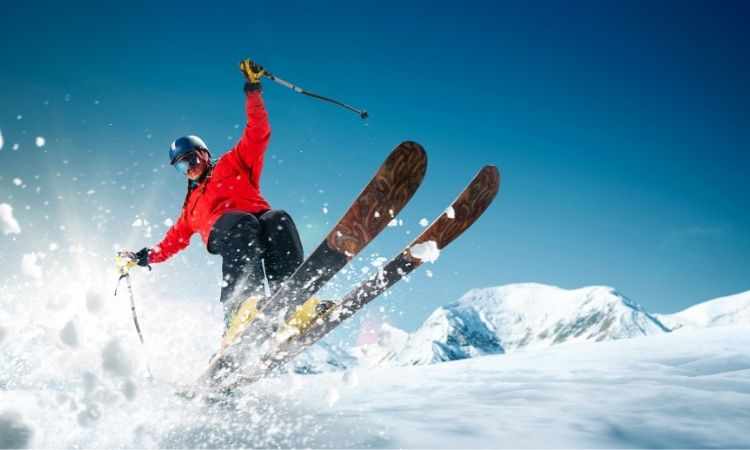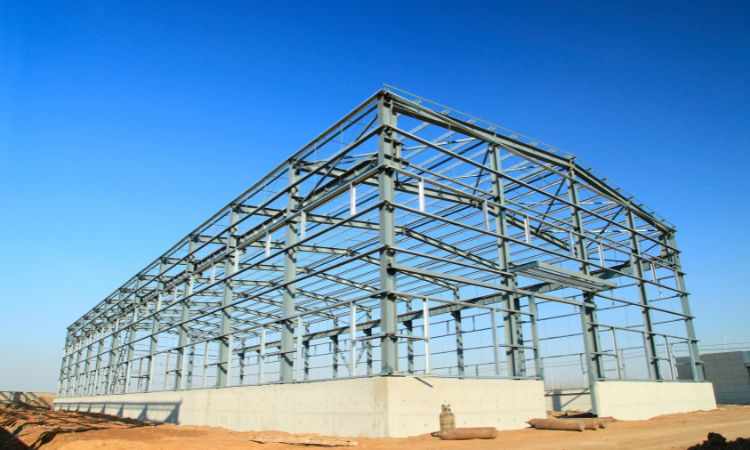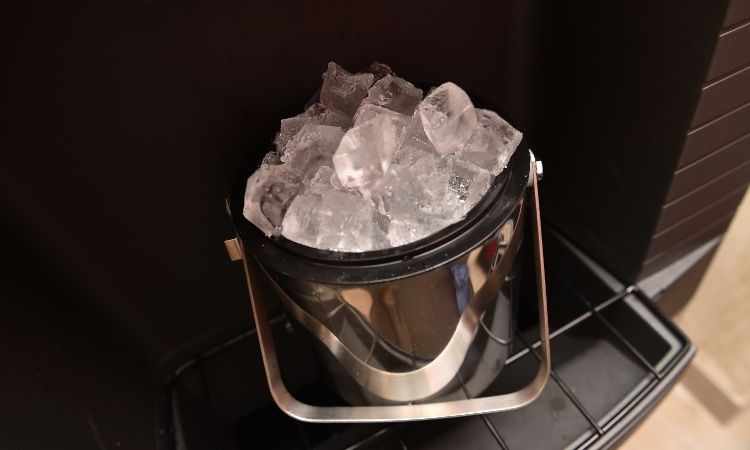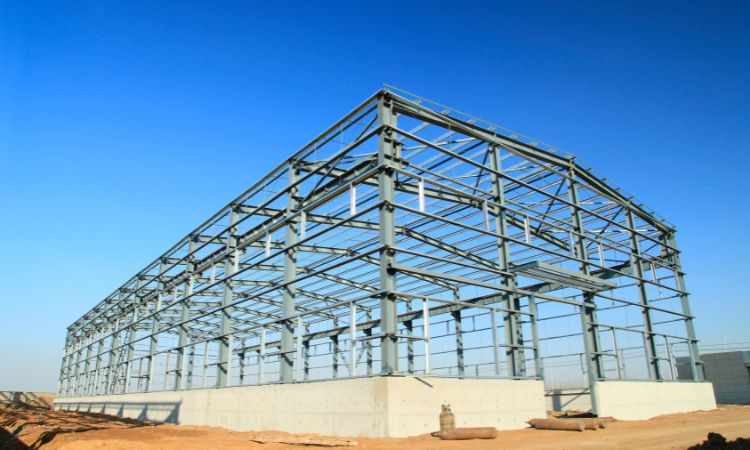
Europe has long been considered the beating heart of the global ski industry. From the majestic Alps to the scenic Nordic landscapes, skiing isn’t just a sport—it's a cultural experience, a tourism driver, and a multi-billion-dollar industry. As technology evolves and consumer behaviors shift, so too does the landscape of the ski equipment market in Europe.
In 2024, the Europe ski market was valued at USD 680.00 million, driven by a resurgence in winter tourism, increasing sports participation, and a growing emphasis on safety and innovation. Looking ahead, the market is projected to grow at a CAGR of 3.80% between 2025 and 2034, reaching an estimated USD 987.38 million by the end of the forecast period.
This blog post explores the market dynamics, key product categories, sales channels, and trends shaping the future of skiing in Europe.
The Ski Equipment Ecosystem: Market Overview
Skiing is more than a winter pastime—it’s a lifestyle supported by a complex ecosystem of gear manufacturers, tourism operators, and retail distributors. The Europe ski market includes a wide range of products such as skis, poles, boots, helmets, protective gear, and accessories.
The market is being driven by a convergence of factors:
A post-pandemic tourism boom.
Rising interest in outdoor sports and adventure experiences.
Advances in material technology improving product performance and safety.
Growth in online retail and direct-to-consumer (D2C) brands.
As skiing continues to evolve from an elite hobby into a more accessible sport, the demand for high-quality, affordable, and sustainable gear is expected to rise.
Product Breakdown: What's Powering the Market
1. Skis and Poles
Skis remain the largest and most iconic segment of the market. Technological innovation has led to lightweight, durable materials such as carbon fiber and hybrid composites that enhance control and stability.
Demand is also shifting toward freeride and backcountry skis, particularly among younger demographics looking for off-piste adventure. Ski poles, often purchased as part of a set, are seeing enhancements in grip ergonomics and collapsible design.
2. Ski Boots
Once notorious for being uncomfortable, ski boots have undergone a revolution. New models feature custom-moldable liners, walk modes for touring, and advanced fastening systems. Smart ski boots with tracking features and app connectivity are gradually entering the market, appealing to tech-savvy skiers.
3. Protective Gear and Accessories
Safety is becoming a key focus, especially for beginners and families. Helmets, avalanche transceivers, back protectors, and goggles with anti-fog and UV technology are in high demand. This segment is also seeing growth in high-end ski apparel, backpacks, and hydration packs tailored to ski touring and long alpine days.
Distribution Channels: Offline vs. Online
1. Offline Sales
Brick-and-mortar remains strong, particularly in alpine regions and near ski resorts. Specialty retailers and sporting goods stores offer in-person fittings, expert advice, and immediate product testing. Rentals also play a huge role in offline sales, especially for tourists.
2. Online Sales
However, online channels are rapidly gaining market share, especially for repeat buyers and seasoned skiers who know exactly what they need. E-commerce platforms, brand-owned websites, and marketplaces offer discounts, wide product ranges, and convenience. Online customization tools and virtual boot fitting software are enhancing the online shopping experience.
Regional Analysis: Where the Market is Growing
Alps Region (France, Switzerland, Austria, Italy): The epicenter of European skiing, with a mature market and strong seasonal demand. Ski tourism heavily influences retail trends here.
Nordic Countries (Norway, Sweden, Finland): High participation in cross-country and backcountry skiing is driving demand for specialized gear.
Eastern Europe (Poland, Slovakia, Romania): These emerging markets are witnessing rising disposable incomes and improved ski infrastructure, opening doors for affordable and mid-range ski equipment brands.
Market Dynamics
SWOT Analysis
Strengths: Well-established ski tourism industry, heritage brands, and high disposable incomes in Western Europe.
Weaknesses: Seasonal nature of the sport, high equipment costs for beginners.
Opportunities: Growth in eco-friendly gear, increasing youth participation, expansion into Eastern Europe.
Threats: Climate change affecting snowfall reliability, competition from indoor skiing and other winter sports.
Porter’s Five Forces
Competitive Rivalry: High, with major brands and new D2C players competing on price and performance.
Buyer Power: Moderate to high—consumers are price-sensitive, especially during off-season.
Supplier Power: Moderate—dependent on raw material pricing and global logistics.
Threat of Substitutes: Moderate, with snowboarding and artificial skiing as alternatives.
Threat of New Entrants: Moderate—brand reputation, product performance, and distribution networks are barriers.
Key Market Indicators
Indicators of Demand
Increase in ski resort visitors post-pandemic.
Youth engagement through ski schools and community programs.
Growth in adventure travel and outdoor fitness culture.
Indicators of Price
Seasonal pricing and clearance sales.
Raw material costs (carbon fiber, foam, plastics).
Premium pricing for smart gear and sustainable materials.
Competitive Landscape
Key players dominating the European ski market include:
Atomic (Austria)
Rossignol (France)
Salomon (France)
Fischer (Austria)
Head (Austria)
Decathlon (France)
These companies are investing heavily in R&D, lightweight materials, ergonomic design, and sustainability. Many are expanding online sales channels and collaborating with ski resorts to enhance brand visibility.
Newer D2C brands are carving a niche by offering customizable, minimalist, or eco-conscious ski gear, targeting millennials and Gen Z consumers.
Forecast and Future Outlook (2025–2034)
As the market moves toward USD 987.38 million by 2034, the growth will be driven by:
Increased participation from younger and female skiers.
Expansion of the middle-class adventure market in Eastern Europe.
Climate-adaptive product design (e.g., all-season skis).
Growth in second-hand and rental gear markets.
Additionally, sustainability will become a key differentiator. From recyclable ski materials to carbon-neutral manufacturing, environmental performance will influence purchasing decisions more than ever before.















Write a comment ...